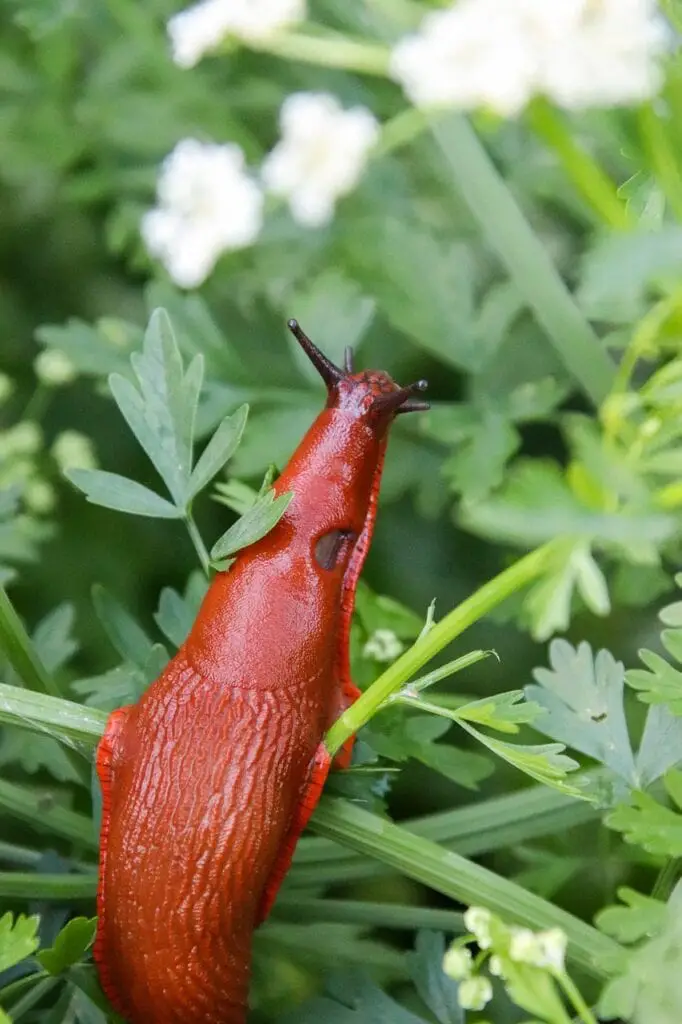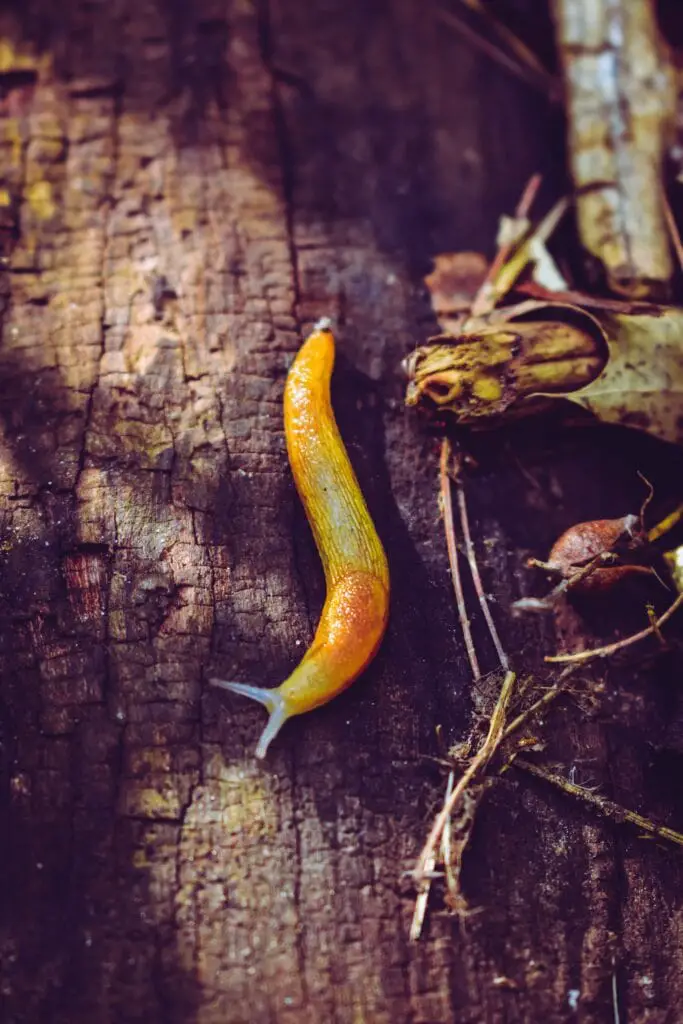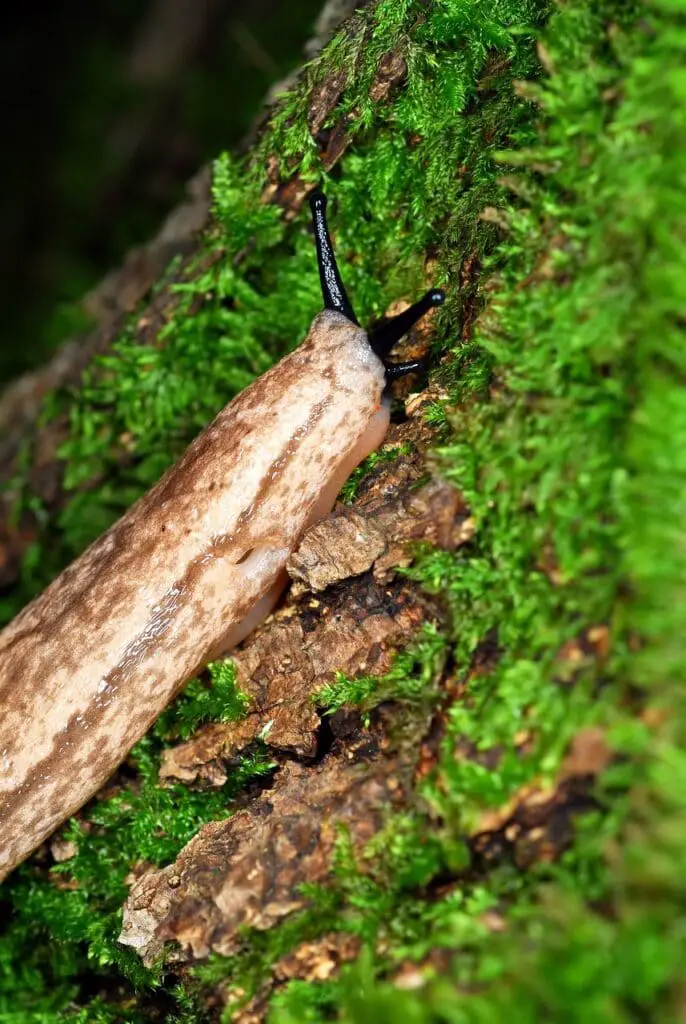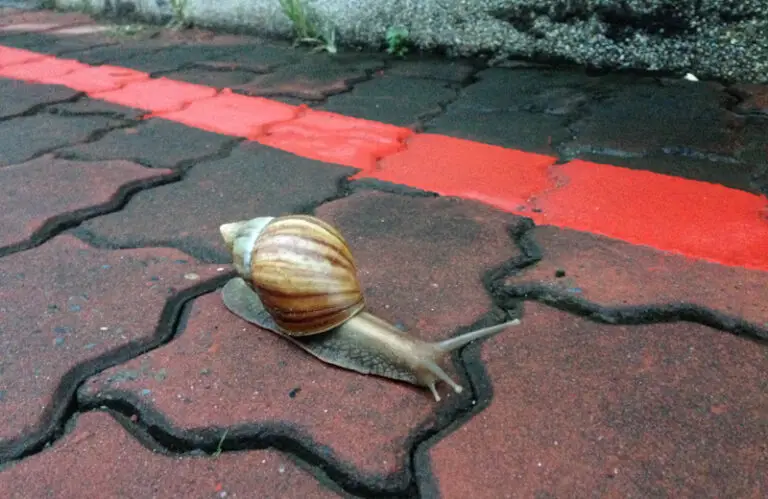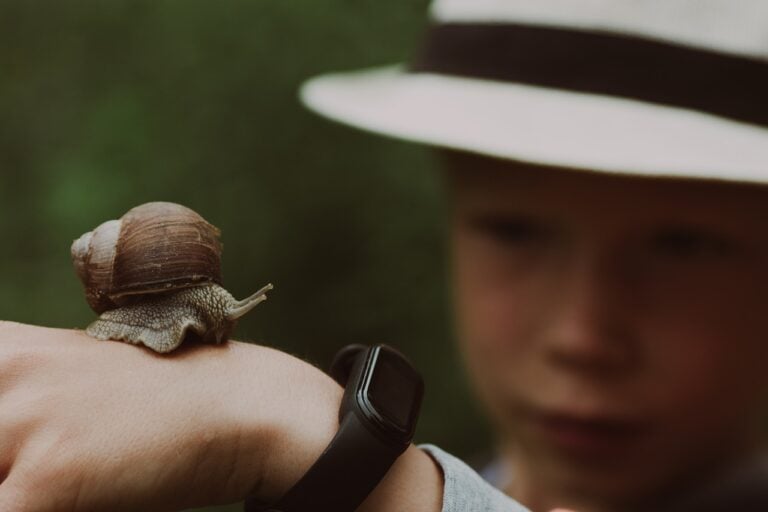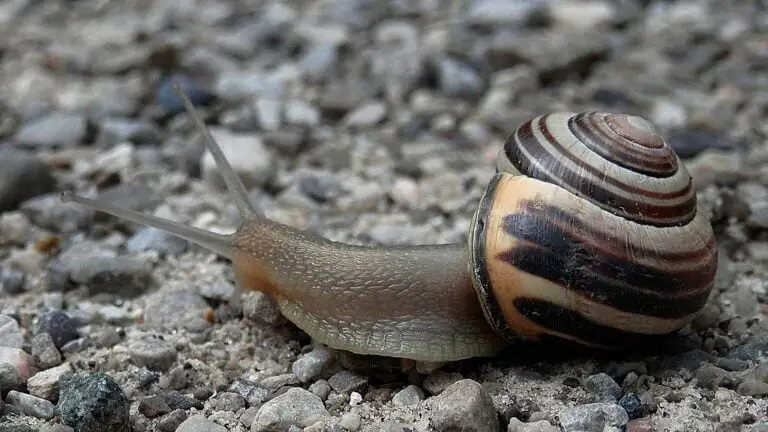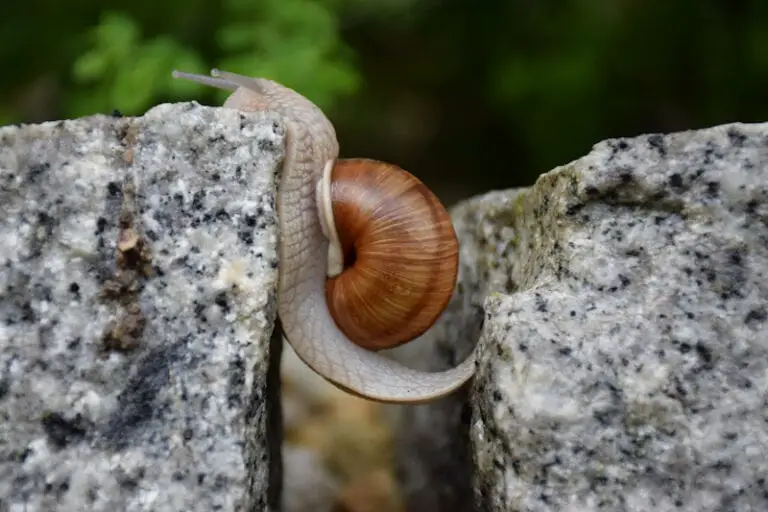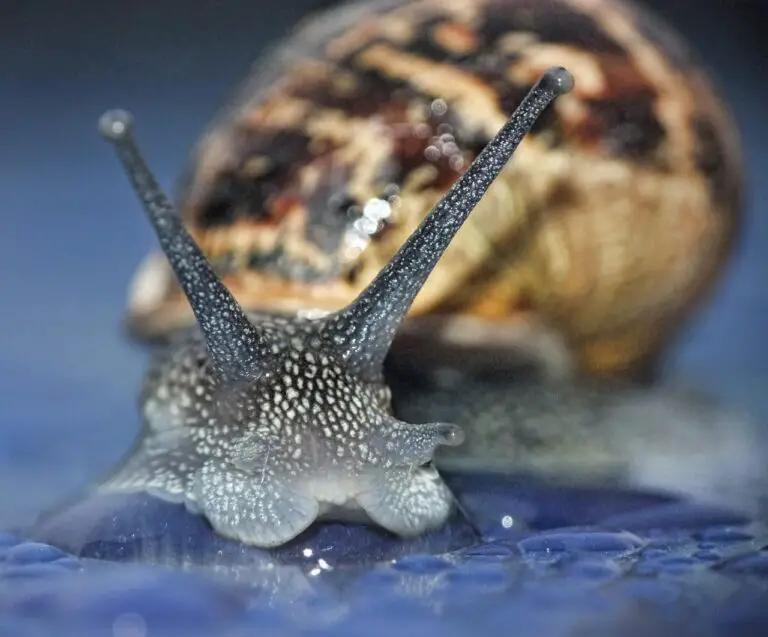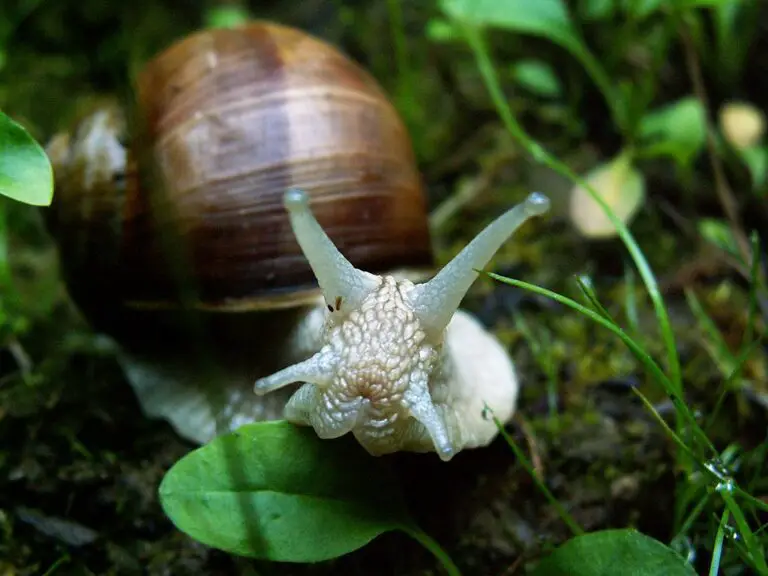Slugs vs Snails: Understanding the Differences
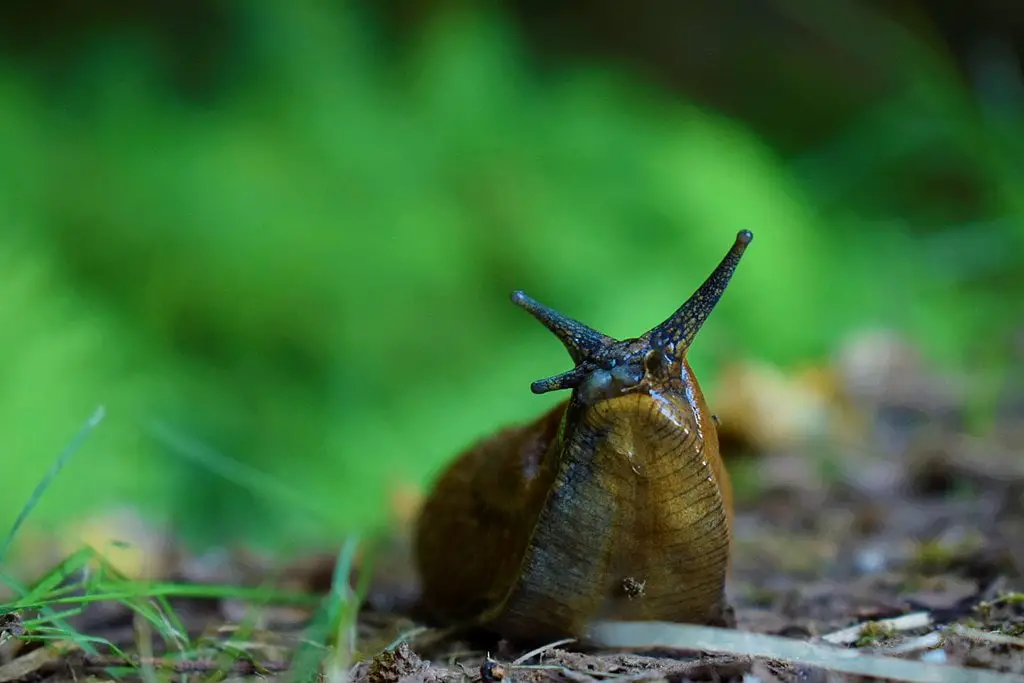
At first glance, it’s easy to mistake a slug for a snail without a shell. These creatures, both belonging to the Gastropoda class, may seem almost identical but actually have some fascinating differences. This doesn’t just stop at the obvious, like the fact that snails tote around a hard shell while slugs do not. There’s more to these small creatures than meets the eye. They each have unique characteristics and perform different roles in their respective environments.
In this blog post, we’re going to dive into these differences, looking at their unique physical traits, habitats, behaviors, and roles in our ecosystem. Through this, we’ll gain a deeper understanding and appreciation for slugs and snails. Don’t worry, we’ll keep things straightforward and down-to-earth. After all, we’re just regular people curious about the natural world around us. So, let’s begin our exploration into the gastropod world, shell or no shell!
Physical Differences: Slugs vs Snails
Though they may seem similar at first glance, when you dig a little deeper, slugs and snails show several key physical differences that can help us differentiate between them.
The Tale of the Shell
The most evident difference between slugs and snails is the presence (or absence) of a shell. Snails carry a hard, often spiraled shell on their back. This shell is an integral part of a snail’s body, housing several internal organs and serving as a safe retreat when predators are near or during dry weather conditions.
On the other hand, slugs either have an internal rudimentary shell or no shell at all, giving them a more streamlined, elongated appearance. The lack of a shell makes slugs more flexible, allowing them to squeeze into tiny spaces—a handy trait when seeking moist hiding places during the day.
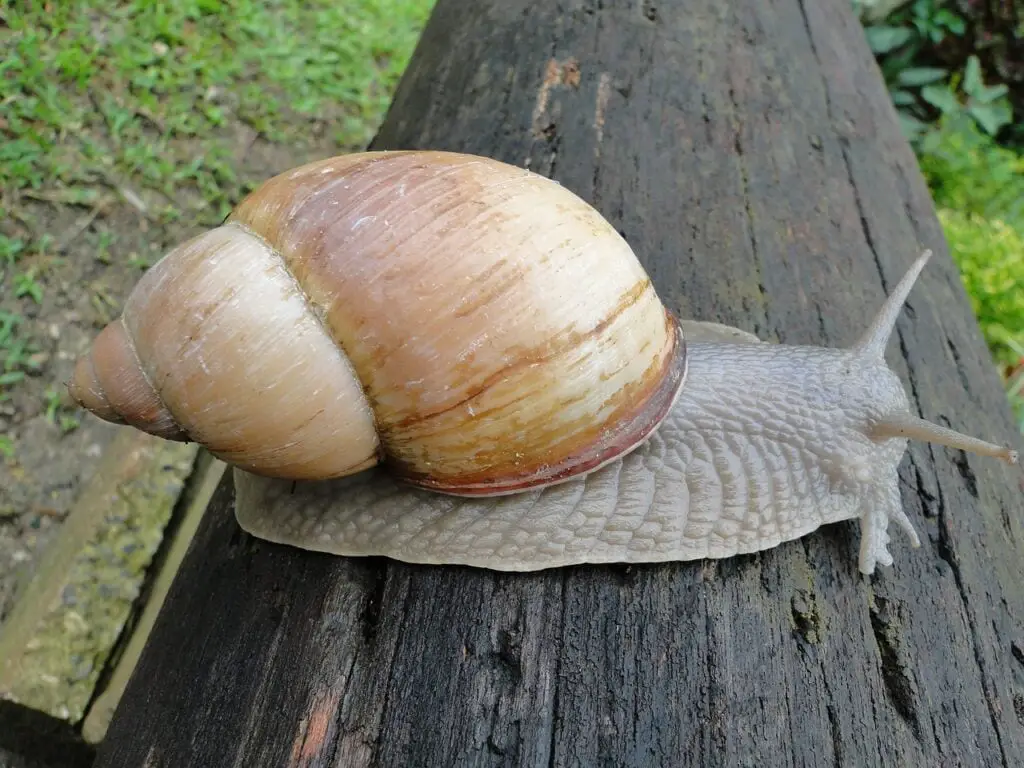
A Closer Look at Their Bodies
In terms of body structure, both slugs and snails have soft, muscular bodies that secrete mucus, which helps in movement. However, snails, with their more visible shell, have a more humped, less flat shape when compared to the typically flat, slimy appearance of slugs.
The coloring of these creatures can also be quite different, but it greatly depends on the species. Snails’ shells range from muted browns and grays to vibrant hues and patterns, while their bodies are usually paler. Slugs, in comparison, can be gray, yellow, brown, or even brightly colored depending on the species, with some exhibiting striking patterns.
Sensory Organs and Movement
Both slugs and snails have similar sensory organs, including tentacles on their heads. They have two pairs of tentacles: the upper pair, called optical tentacles, bear the eyes, and the lower pair provides a sense of touch and smell.
When it comes to locomotion, both snails and slugs are known for their slow movement. They move using muscular contractions along the underside of their bodies, often leaving a trail of mucus behind. Despite their slow speed, the lack of a shell gives slugs a slight edge in maneuverability over their shelled counterparts.
Understanding these physical differences between slugs and snails not only helps us identify them accurately but also gives us insights into how these adaptations help them survive and thrive in their specific environments. Next, let’s delve into the habitats and behaviors of these intriguing gastropods.
Habitat and Behavior Differences: Slugs vs. Snails
From the moist crevices in your garden to the depths of dense forests, slugs and snails have adapted to live in various habitats around the world. Let’s explore how their habitat preferences and behaviors differ.
Home Sweet Home
Snails, with their protective shells, can live in a wider range of environments. They’re found everywhere from terrestrial ecosystems like gardens, forests, and deserts to freshwater bodies and even the ocean. Their shells are particularly useful in hotter, drier environments, providing a safe retreat from the harsh sun.
Slugs, due to their lack of an external shell, have a higher moisture requirement. They are predominantly found in damp, humid environments like forests, gardens, and marshes. Slugs can often be seen nestled under plant leaves, stones, or logs, hiding from the sun to prevent desiccation.
The Day in the Life of a Gastropod
In terms of behavior, both slugs and snails are mostly nocturnal, venturing out during the cooler, damp nights to forage for food. Their diet primarily consists of leaves, stems, decaying plant material, fungi, and sometimes even dead animals or each other!
While both creatures use muscular contractions to move, snails, due to the weight of their shells, tend to be slower than slugs. These gastropods leave a mucus trail as they travel, which aids their movement and reduces risk of injury from sharp objects.
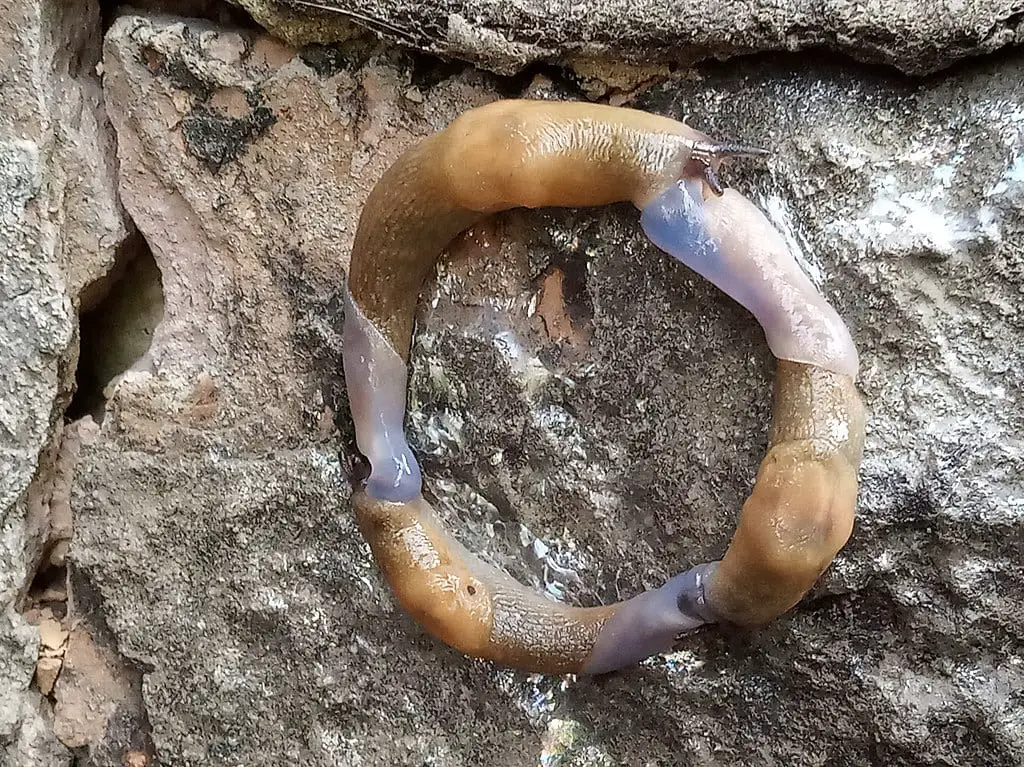
The Birds and the Bees, Slug and Snail Style
Reproduction is another aspect where slugs and snails show differences. Most snails are dioecious, meaning they have separate male and female individuals. They mate by exchanging sperm with another snail, and both can go on to lay eggs.
Slugs, however, are mostly hermaphrodites, possessing both male and female reproductive organs. They mate by reciprocal fertilization – both slugs fertilize each other, and both can lay eggs after mating. Some slug species can also self-fertilize in the absence of a mate.
The habits and habitats of slugs and snails are as fascinating as they are diverse. Recognizing these differences gives us a more profound appreciation for these often-underestimated creatures. Now, let’s move on to the roles these gastropods play in our ecosystems.
Ecological Role Differences: The Impact of Slugs and Snails
While they might be considered pests by gardeners, both slugs and snails play crucial roles in the ecosystem, contributing to decomposition, soil health, and the food chain. Let’s delve into how their roles might differ.
Decomposition and Soil Health
Snails and slugs serve as nature’s little recyclers. As they scour the landscape for food, they consume decaying organic matter, contributing significantly to the decomposition process. The waste they produce is rich in nitrogen, an essential nutrient for plants, and helps enrich the soil.
While both creatures aid in decomposition, the snail’s broader habitat range means that its role in nutrient cycling is spread across more varied environments. Snails are found in terrestrial, freshwater, and marine ecosystems, each with its unique decomposition dynamics.
Slugs, primarily found in damp terrestrial ecosystems, help improve soil structure in these areas through their feeding and burrowing activities. The tunnels they create while moving through the soil can enhance water penetration, aiding in soil hydration and aeration.
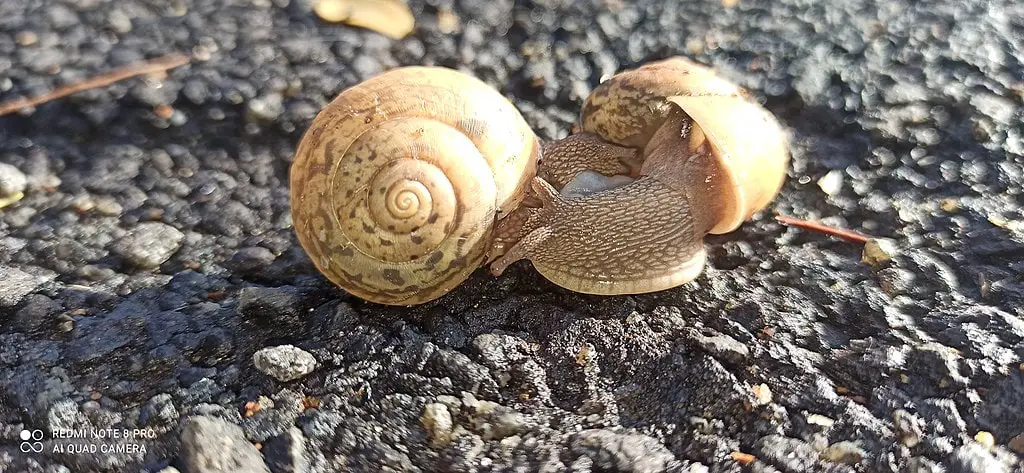
Prey in the Food Chain
In the wild, both slugs and snails form an essential part of the food chain, serving as a food source for various animals. Birds, amphibians, reptiles, small mammals, and even some insects prey on these gastropods.
Snails, due to their shells, have a bit more protection from smaller predators. Still, many animals have adapted to this challenge, like the thrush, known for its habit of smashing snail shells on rocks.
Slugs, lacking the shell’s defense, fall prey to a broader range of creatures, including ground beetles, hedgehogs, and even certain types of flies. However, their slimy mucus can deter some predators.
As we can see, even though slugs and snails share many ecological roles, there are differences in how they interact with the environment due to their physical characteristics and habitat preferences.
Threats and Conservation: Safeguarding Our Gastropods
While they might not be the first creatures that come to mind when thinking about endangered species, slugs and snails face several threats in the modern world, ranging from habitat loss to climate change and human activities. Let’s explore the unique challenges they each face and what we can do to help protect them.
Distinct Threats
Both slugs and snails are sensitive to environmental changes due to their moisture-dependent bodies and slow-moving nature. Habitat loss, particularly the destruction of damp areas crucial for their survival, poses a significant threat.
Snails, with their diverse habitats, face threats in multiple ecosystems. Marine snails are at risk due to ocean acidification—a result of increased carbon dioxide in the atmosphere—since it can weaken their shells. Land snails often find their habitats fragmented due to urban development, making it difficult for them to find food, mates, and suitable egg-laying sites.
Slugs, mainly terrestrial, are deeply affected by changes in land use, including deforestation and the draining of wetlands. Pesticides and pollution, particularly in urban and agricultural settings, also present significant hazards.
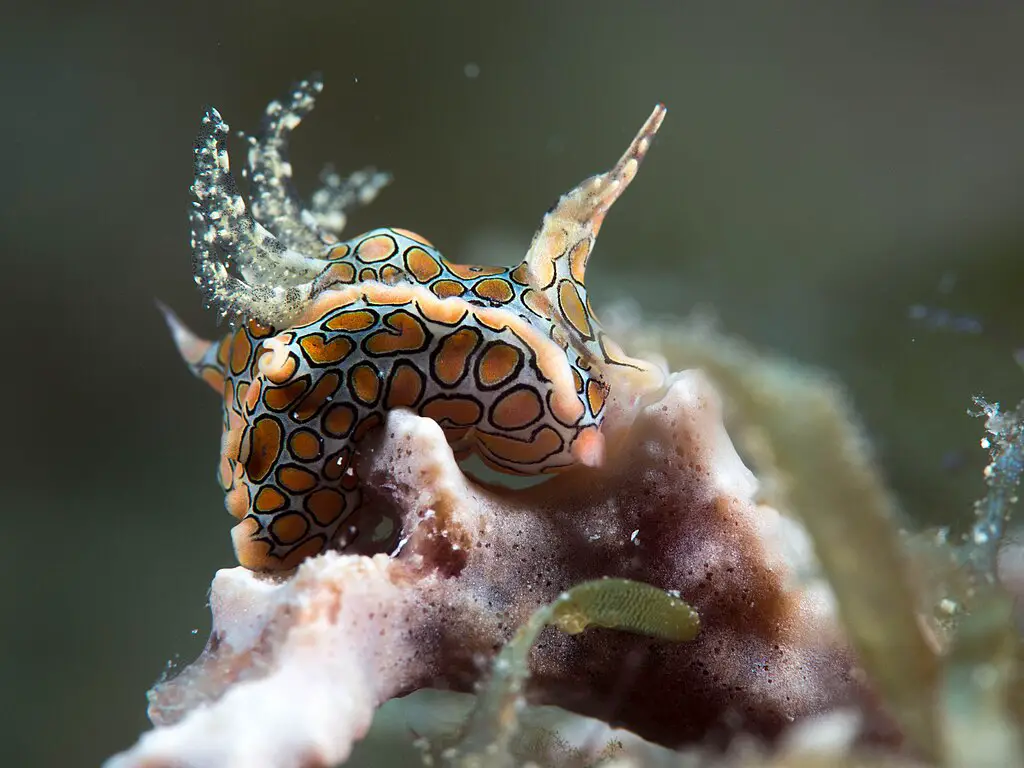
Conservation Efforts
Conservation efforts for these critters are not as well-known as those for larger or more charismatic animals, but they exist nonetheless. For snails, these efforts often revolve around protecting their diverse habitats. For example, marine conservation areas can help safeguard ocean-dwelling snails, while land preservation initiatives can protect the habitats of terrestrial snails.
As for slugs, they greatly benefit from sustainable gardening and farming practices. These include reducing pesticide use, creating slug-friendly habitats in gardens and farms, and promoting the preservation of wetlands and other damp habitats.
Remember, while slugs and snails might not be the most glamorous of creatures, they each have their unique roles to play in our planet’s ecological tapestry. By understanding the threats they face and working towards their conservation, we can help ensure that they continue to enrich our ecosystems for generations to come.
Frequently Asked Questions About Slugs and Snails
What’s the main difference between a slug and a snail?
The most noticeable difference is that snails carry a shell on their back, while slugs either have an internal shell or no shell at all.
Where do slugs and snails live?
Slugs and snails can inhabit a variety of environments, from gardens and forests to meadows and bodies of water. The specific habitat depends on the species.
What do slugs and snails eat?
Both slugs and snails are mostly herbivorous, feeding on a variety of plant materials. However, some species may also consume fungi, decaying matter, and even other slugs and snails.
Do slugs and snails have any predators?
Yes, many animals like birds, frogs, toads, beetles, and small mammals eat slugs and snails.
Are slugs and snails harmful to gardens?
While they do contribute to the decomposition process and soil health, slugs and snails can be a nuisance in gardens as they feed on various plants and can cause significant damage.
What threats do slugs and snails face?
They face various threats including habitat loss, climate change, pollution, and in some cases, over-collection for the pet trade.
How can I help conserve slugs and snails?
You can help by using environmentally friendly gardening practices, supporting conservation efforts, and raising awareness about their importance in ecosystems.
Do slugs and snails play different roles in the ecosystem?
Both slugs and snails play vital roles in nutrient cycling and serve as food sources for other animals. However, the specifics can vary based on the species and its habitat. For instance, marine snails also contribute to the health of coral reefs.
Can slugs and snails be kept as pets?
Some species of snails and slugs can be kept as pets. However, they require specific care and habitat conditions, so it’s important to research and understand their needs before getting one.
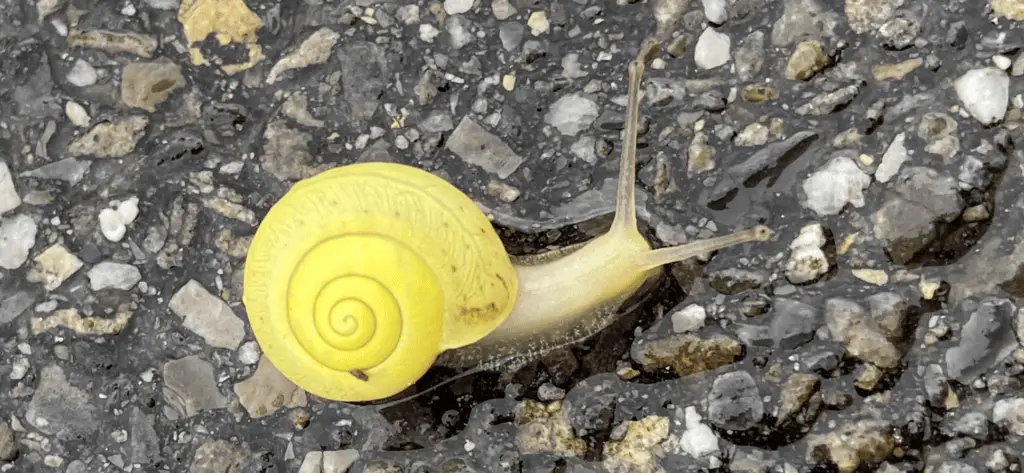
In Conclusion: Appreciating Our Slow-Moving Friends
Despite the simplistic perception we might initially have of slugs and snails, a closer look reveals a fascinating world of differences and unique characteristics. From their physical attributes and behaviors to their varying habitats and roles in our ecosystem, these creatures are far more complex and crucial than many give them credit for.
While it’s easy to discount slugs and snails as mere garden pests, understanding the different functions they perform in our environment shows us how integral they are to maintaining the delicate balance of our ecosystems. Their roles in nutrient cycling, decomposition, and serving as food for other creatures all contribute to the health and vitality of our natural world.
Equally important is our role in preserving their habitats and promoting their survival. This involves not just maintaining our gardens, but also making broader environmental choices that consider the welfare of all organisms, including our slow-moving friends, the slugs and snails.
Whether we encounter them in our backyards or on forest hikes, acknowledging the differences between slugs and snails not only enriches our understanding of nature, but also deepens our appreciation for the diverse life forms sharing this world with us. As we continue to learn and understand these creatures, we also learn to value their existence and the subtle yet vital roles they play in our lives.
So next time you see a slug or snail slowly traversing your path, take a moment to appreciate its unique place in our shared ecosystem. After all, in the grand tapestry of life, every thread, however small or slow-moving, plays a part.

